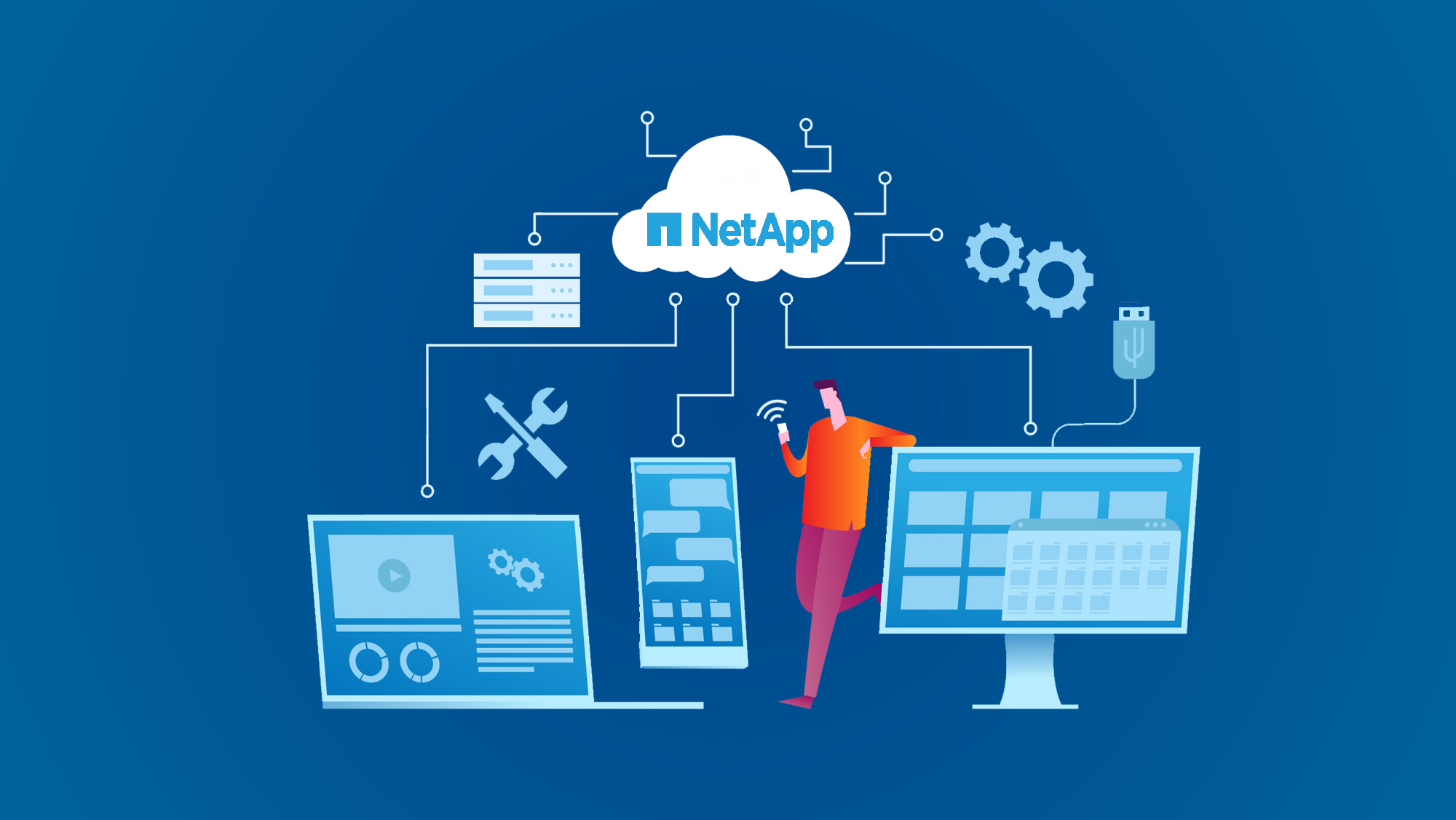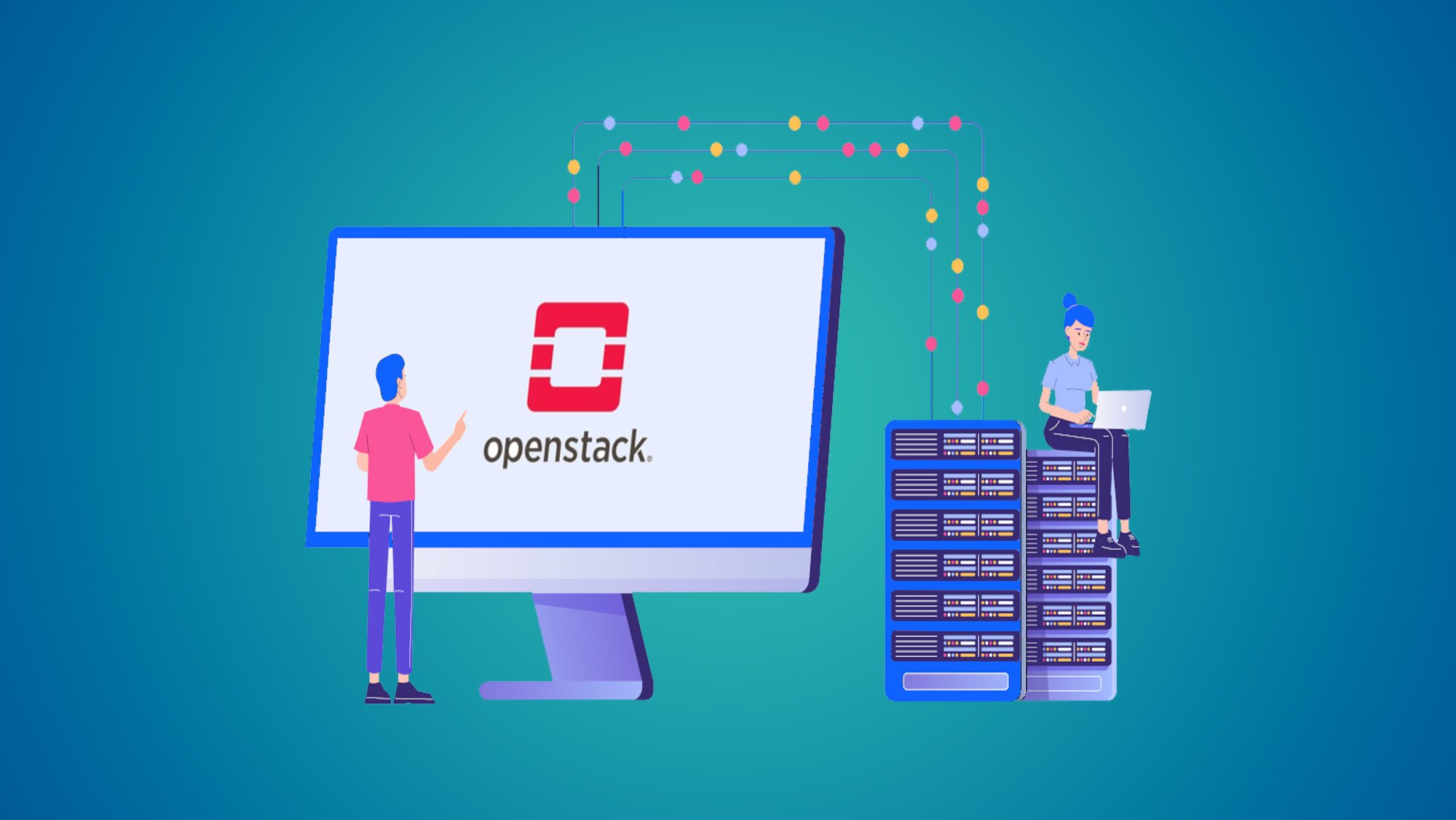Mastering OpenStack: Tips for Successful Deployment and Management
Introduction:
OpenStack, an open-source cloud computing platform, has revolutionized the way organizations deploy and manage their cloud infrastructure. As businesses increasingly embrace the cloud for scalability and flexibility, mastering OpenStack becomes a strategic imperative. In this comprehensive blog post, we'll delve into the art of mastering OpenStack, offering valuable tips for successful deployment and management.
The Power of OpenStack
OpenStack is a comprehensive set of software tools that enables the creation, management, and orchestration of private and public cloud environments. It provides a foundation for Infrastructure as a Service (IaaS) and offers a range of services, including compute, storage, networking, and more.
Introducing OpenStack
Mastering OpenStack involves understanding its core components and their interactions:
1. Nova (Compute):
Nova provides virtualization and compute resources, allowing users to create and manage virtual machines (VMs) and instances.
2. Cinder (Block Storage):
Cinder offers block storage services, enabling users to attach and manage persistent storage volumes to their VMs.
3. Neutron (Networking):
Neutron handles network orchestration, allowing users to create and manage network resources, routers, and security groups.
4. Glance (Image Service):
Glance provides image storage and management services, enabling users to create, share, and deploy VM images.
5. Keystone (Identity Service):
Keystone offers identity and authentication services, providing a central authentication mechanism for all OpenStack services.
6. Horizon (Dashboard):
Horizon is the web-based dashboard for OpenStack, offering a user-friendly interface for managing resources and services.
Tips for Successful Deployment and Management
1. Plan Your Architecture:
Before deployment, carefully design your OpenStack architecture to meet your organization's specific needs. Consider factors like scalability, redundancy, and fault tolerance.
2. Choose the Right Components:
Select the appropriate OpenStack components based on your use case. Not every component may be necessary for your deployment, so choose wisely to avoid unnecessary complexity.
3. Hardware Considerations:
Ensure your hardware meets the requirements for running OpenStack. Adequate CPU, memory, and storage resources are essential for optimal performance.
4. Automation and Orchestration:
Leverage automation and orchestration tools to streamline deployment and management tasks. Tools like Ansible, Puppet, or Terraform can simplify configuration and provisioning.
5. Networking Best Practices:
Design your network architecture carefully, considering factors like VLANs, subnets, and IP address management. Neutron's networking capabilities are central to successful OpenStack deployments.
6. Security and Identity Management:
Implement robust security practices using Keystone for identity management and authentication. Enforce role-based access control (RBAC) to ensure appropriate access to resources.
7. Monitoring and Logging:
Utilize monitoring tools to track the health and performance of your OpenStack environment. Tools like Nagios or Prometheus can provide valuable insights into system metrics.
8. Backup and Disaster Recovery:
Implement backup and disaster recovery strategies to safeguard your data and ensure business continuity in case of failures.
9. Stay Up-to-Date:
OpenStack is a rapidly evolving platform. Stay current with updates, security patches, and new releases to benefit from the latest features and improvements.
10. Training and Expertise:
Invest in training for your team to build expertise in OpenStack deployment and management. Certification programs can validate your skills and ensure best practices.
Realizing the Benefits
Mastering OpenStack empowers organizations to reap a host of benefits:
- Cost Savings: Efficient resource utilization and scalability lead to cost savings, as you only pay for what you use.
- Flexibility: OpenStack's modular design allows you to tailor your cloud environment to match your specific requirements.
- Innovation: OpenStack enables innovation by providing a platform for experimentation and development.
- Security: With proper configuration and best practices, OpenStack can offer robust security for your cloud infrastructure.
- Vendor Independence: OpenStack's open-source nature reduces vendor lock-in, giving you more control over your cloud environment.
Conclusion:
Mastering OpenStack is a journey that empowers organizations to harness the full potential of cloud computing. By following these tips for successful deployment and management, you can build a robust, scalable, and efficient cloud infrastructure that meets your business needs. OpenStack's flexibility, modularity, and open-source nature make it a valuable tool for organizations seeking to innovate, optimize costs, and stay at the forefront of modern cloud technologies. Embrace the challenge, invest in expertise, and unlock the transformative power of OpenStack for your organization's cloud journey.
You May Also Like
These Related Stories

Mastering ExtJS Sencha: Building Dynamic Web Applications Made Easy

Informatica: Empowering Businesses with Data Management




No Comments Yet
Let us know what you think